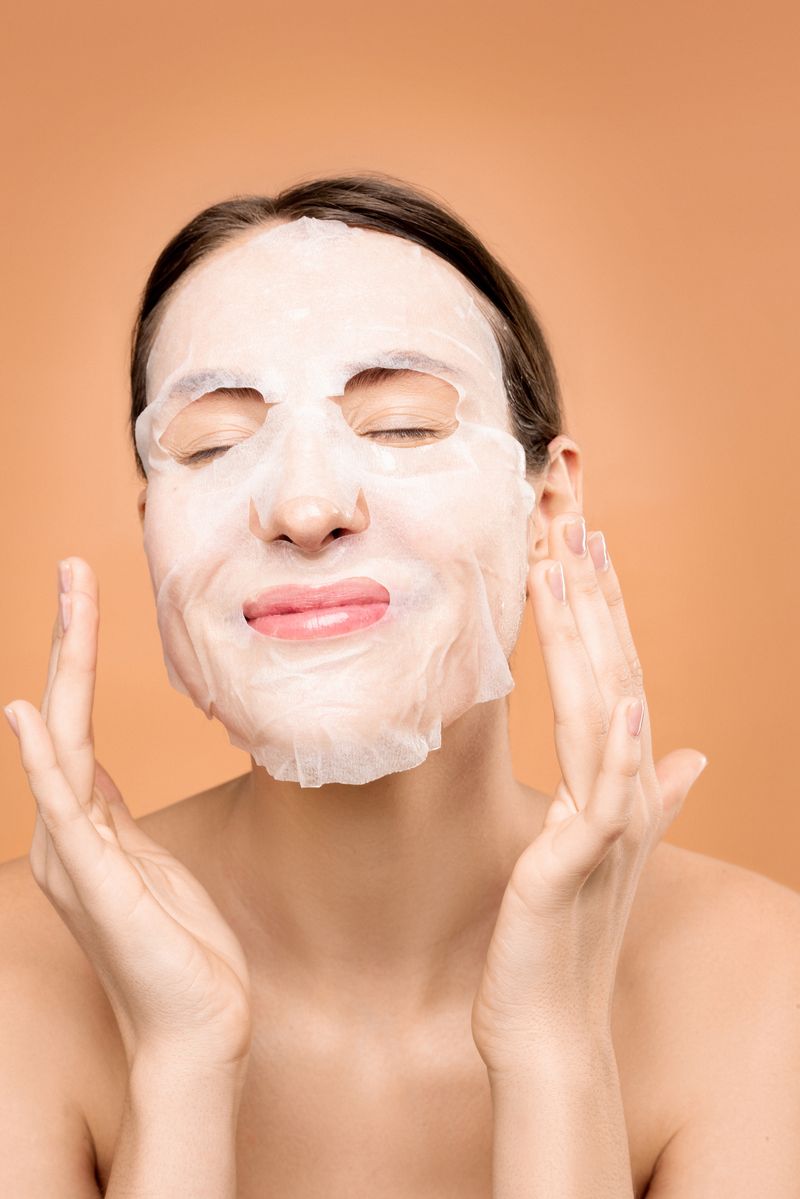Dry Patches on Your Face: Causes, Treatment, and When to Seek Medical Attention
In a perfect world, your skin would be smooth, supple, and well-moisturized all of the time. However, in reality, factors such as environmental conditions, products, and hormones can wreak havoc on your skin. One common issue many people face is developing dry patches on their face. While these dry patches are usually harmless, it’s natural to want to get rid of them. In this article, we will explore the causes of dry patches on your face, what they look like, and how to treat them.
What are dry patches on your face?
Dry patches on your face can be a symptom of various health conditions, according to board-certified dermatologist Ife J. Rodney. These patches occur when there is inflammation within the skin, preventing it from maturing normally and resulting in dry, rough, and scaly areas. Dry patches can range in size, and you may have multiple patches on your face at once.
What do dry patches on your face look like?
The appearance of dry patches on your face can vary. They can manifest as fine scaling in areas such as the eyebrows, corners of the nose, or mouth. You may also notice small patches on your cheeks or hairline. The patches may either resemble the rest of your skin but feel rough to the touch, or they can appear red and scaly. In some cases, there may be slight discoloration, making the patches stand out from the surrounding skin.
What causes dry patches on your face?
There are several potential causes of dry patches on your face. Dermatologists have identified some of the biggest culprits to keep in mind:
- Weather conditions: Dry air, particularly during winter when heating systems deplete indoor moisture, can lead to dry patches and overall dryness on your skin.
- Stress: Stress can affect various aspects of your body, including your skin. Some individuals may produce more oil, leading to breakouts, while others experience dryness.
- Contact dermatitis: This condition occurs when the skin becomes red, sore, or inflamed after direct contact with a particular substance, such as soaps, detergents, or certain materials like rubber. Inflammation from contact dermatitis can result in dry patches.
- Seborrheic dermatitis: This common skin condition causes a scaly rash to develop on oily areas of your body, including your scalp and face. It resembles dandruff on the skin.
- Eczema: Also known as atopic dermatitis, eczema is a condition that causes dry, itchy skin. People with eczema often have multiple patches of dry skin.
- Psoriasis: Psoriasis is an autoimmune skin disease characterized by the rapid growth of skin cells. It leads to thick, red skin and silvery scales that can appear anywhere on the body, including the face.
- Actinic keratosis: Dry patches that persist may indicate actinic keratosis, a rough, scaly patch that develops after prolonged sun exposure. This condition should be monitored by a dermatologist as it is considered a precancerous skin growth.
- Skin cancer: While rare, dry patches on the face can also be a sign of skin cancer. Squamous cell carcinoma and basal cell carcinoma can present as dry patches. If dry patches persist, it is essential to consult a dermatologist for evaluation.
How to treat dry patches on your face
The appropriate treatment for dry patches on your face depends on the underlying cause. However, there are some home remedies you can try:
- Use a heavy cream: If your dry skin is due to weather conditions, applying a thick moisturizer can help combat dryness and restore moisture to your skin.
- Examine your skincare products: If dry patches are a recent development, consider whether any new products or materials may be causing irritation or contact dermatitis on your face.
- Stay hydrated: Increasing your water intake can improve skin quality and hydration, according to dermatologist Gary Goldenberg.
- Be gentle with your skin: Avoid excessive exfoliation or using hot water, as these can strip your skin of moisture. Scale back on these practices if necessary.
When to see a doctor for dry patches on your face
If home remedies fail to alleviate your dry patches or if the patches persist or worsen, it is advisable to consult a dermatologist. Dry patches can be a symptom of an underlying skin condition or even skin cancer, so it is crucial to determine the cause with a professional. Your doctor may recommend prescription medications or create a treatment plan tailored to your specific condition. If skin cancer is suspected, a biopsy may be suggested.
In most cases, dry patches on the face are a result of weather changes or occasional occurrences. However, if you have persistent dry skin patches, it is important to contact your doctor for an evaluation to ensure your health and well-being.
Keywords: Skincare, dry skin, facial care, skincare routine, moisturizer, exfoliation, hydration, skin health, skincare tips, skincare products, dermatology

<< photo by Shiny Diamond >>
The image is for illustrative purposes only and does not depict the actual situation.




